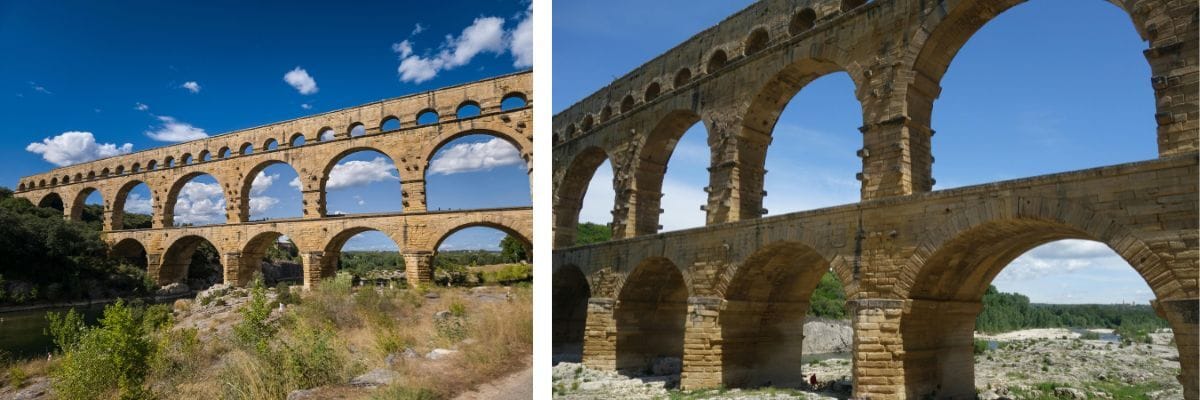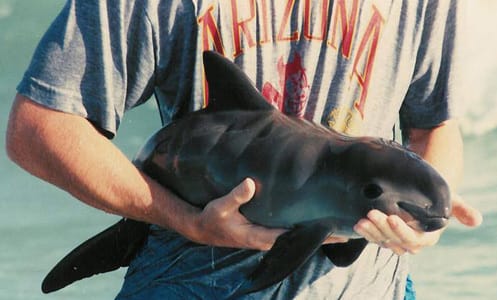In this week's letter: 🔎

5 Facts: Sloth Edition! 🦥
🦥 Sloths can hold their breath underwater longer than dolphins! Sloths have the unique ability to pause their metabolism. This helps them conserve energy and survive when food is scarce. They can slow their heart rate to 1/3 of its normal pace, allowing them to hold their breath up to 40 minutes (compared to dolphins, which hold their breath for 10-15 minutes)!
🦥 Sloths have strangely optimized bodies. For one, despite their short necks, they have 9 neck vertebrae (compared to most mammals which have 7). This enables them to rotate their heads a full 270-degrees! Their internal organs are also attached in a way that prevents pressure on their lungs, which is why they can hang upside down! And if that wasn’t enough, they’re also 3 times stronger than humans!

🦥 Sloths only poop once a week! To poop, they trek all the way down to the forest floor, even though the trip is energy-intensive and exposes them to predators (scientists aren’t sure why they don’t just poop from the tree). And did you know that they can lose up to a third of their body weight in a single poop?
🦥 Their fur hosts an entire ecosystem! Their fur grows in the direction opposite to most mammals (their fur starts from their belly, which enables them to drip dry), and is home to algae, fungi, and even beetles, moths, and other insects! Algae gives their fur a greenish tint that helps them camouflage, and some of the fungi has anti-cancer and anti-parasitic properties!
🦥 Sloths are excellent swimmers! They can swim three times faster in water than they can move on land!

Roman Aqueducts! 🏛️

Ever wonder how the Romans built their famous aqueducts, some of which are still standing and working today, nearly 2000 years later? They did it using 3 ancient tools:
the dioptra (used to establish direction and distance)
chorobates (to check whether surfaces were level)
the groma (for measuring straight lines and angles)

Source: Coded Chambers
Aqueducts are a testament to Roman engineering, both for their incredible precision and their longevity. It was absolutely critical that aqueducts were built with the correct incline. If the incline was too steep, the water would flow too fast and damage the aqueduct. But if the incline was too flat, the water would stop flowing. And yet, the longest Roman aqueduct, the Aqua Augusta, successfully transported water 150 miles all the way to its destination!
You can watch how they did it here (including how the moved giant blocks of stone using a human hamster wheel!): Coded Chambers

Food Allergies on the decline! 🥜
A recent study found that new food allergies in the US have dropped 36% over the past 10 years!
This trend started with a 2015 study that analyzed the health records of 125,000 kids across the country. They found that when parents fed their kids peanut products between the ages of 0-3, their kids were 80% less likely to develop peanut allergies.
Before that, the prevailing wisdom was to avoid common allergens. Now, parents are encouraged to introduce peanuts, cow’s milk, eggs, fish, sesame, shellfish, soy, tree nuts, and wheat to their kids as early as 4 months old. Looks like the new advice is working!
Sources: American Academy of Pediatrics | Solid Starts
Picture of the Week: Fairies and Vaquita! 🐬

This is the Japanese Snow Fairy (Shima Enaga), which is only found on the island of Hokkaido, Japan. Check out Birds Aura for more cuteness!

Meet the Vaquita (Phocoena sinus), which is a small porpoise from Baja California. It’s the smallest of all cetaceans (dolphins, porpoises, and whales), and only reaches 4 feet in length. Unfortunately, it’s considered the most endangered marine mammal in the world (with fewer than 10 remaining in the wild!) and is in danger of becoming extinct.
Sources: Jane Goodall | NOAA

Answer to the trivia: Elephants are one of only a few species that exhibit self-awareness (recognizing themselves in a mirror). They are highly social, and demonstrate empathy and mourning when a member of the herd dies. They also have an excellent memory and can remember water sources and migration routes decades later!
